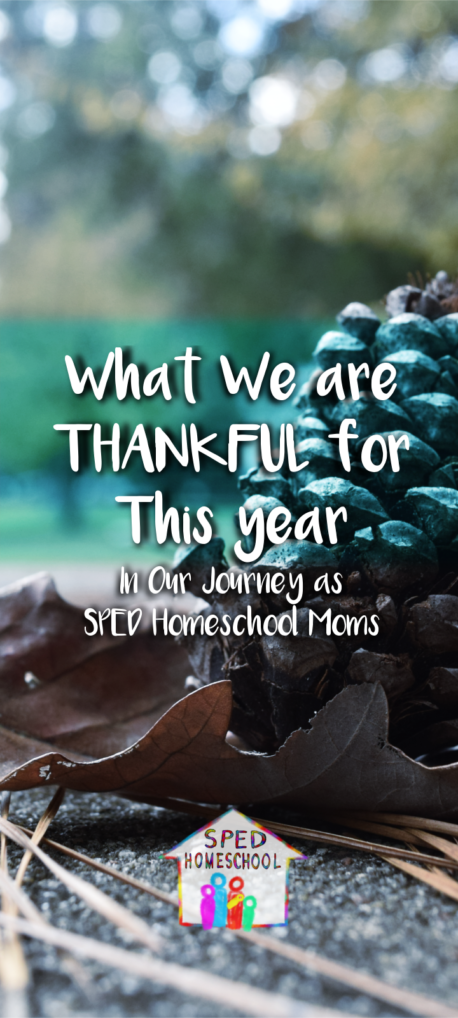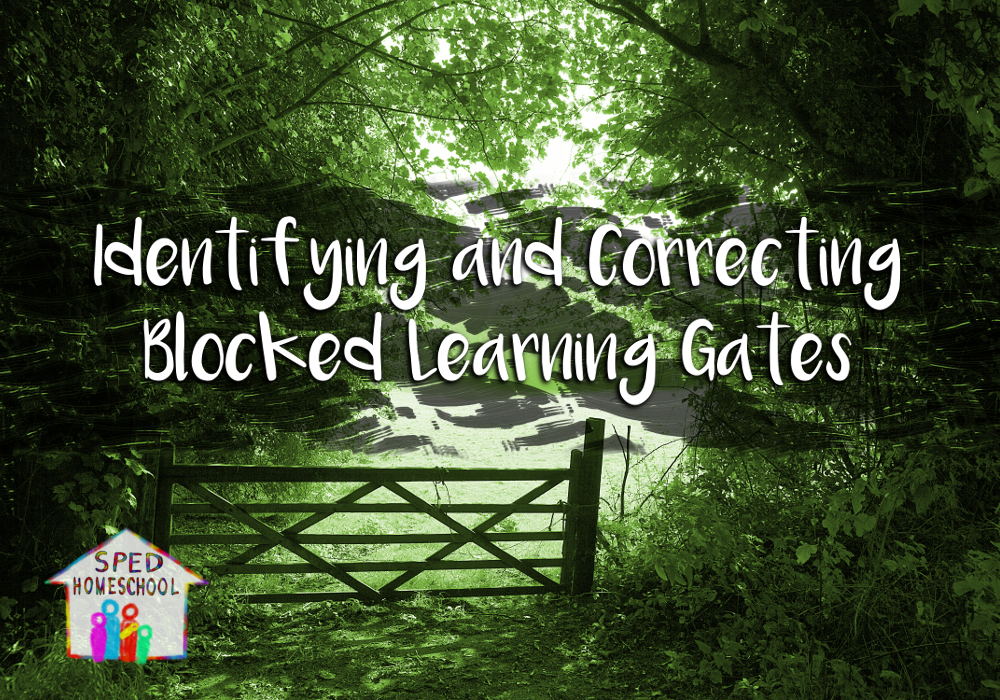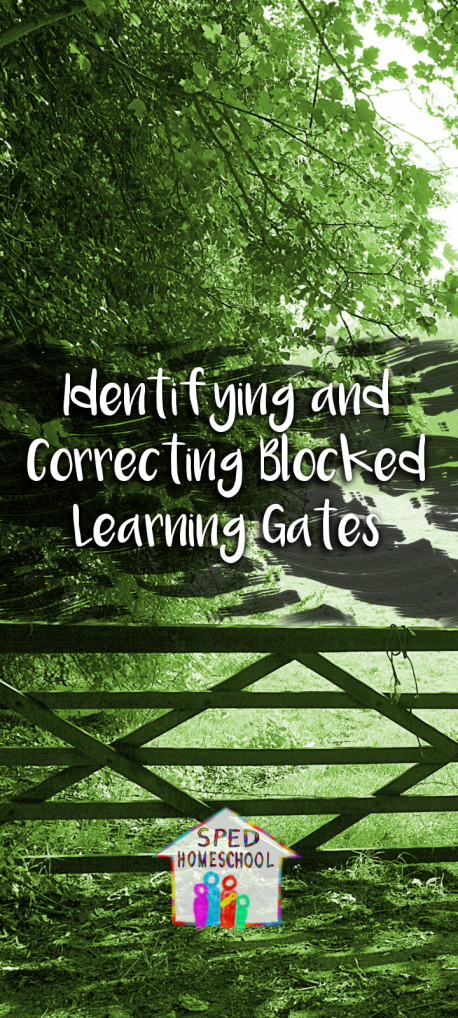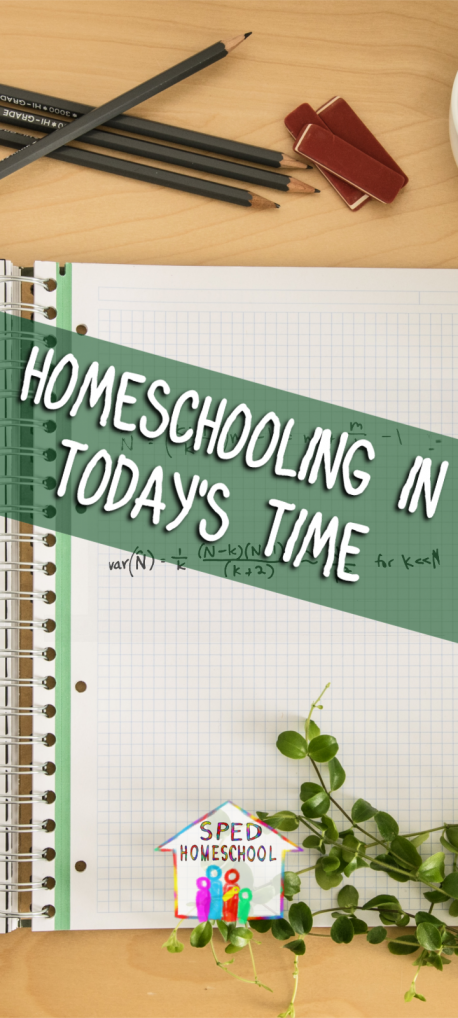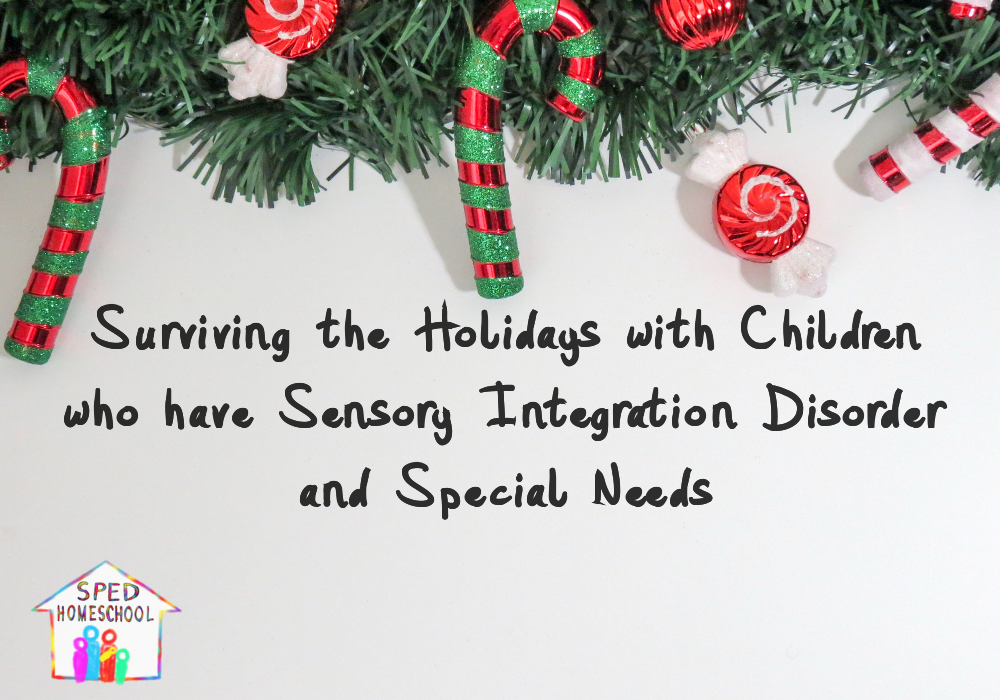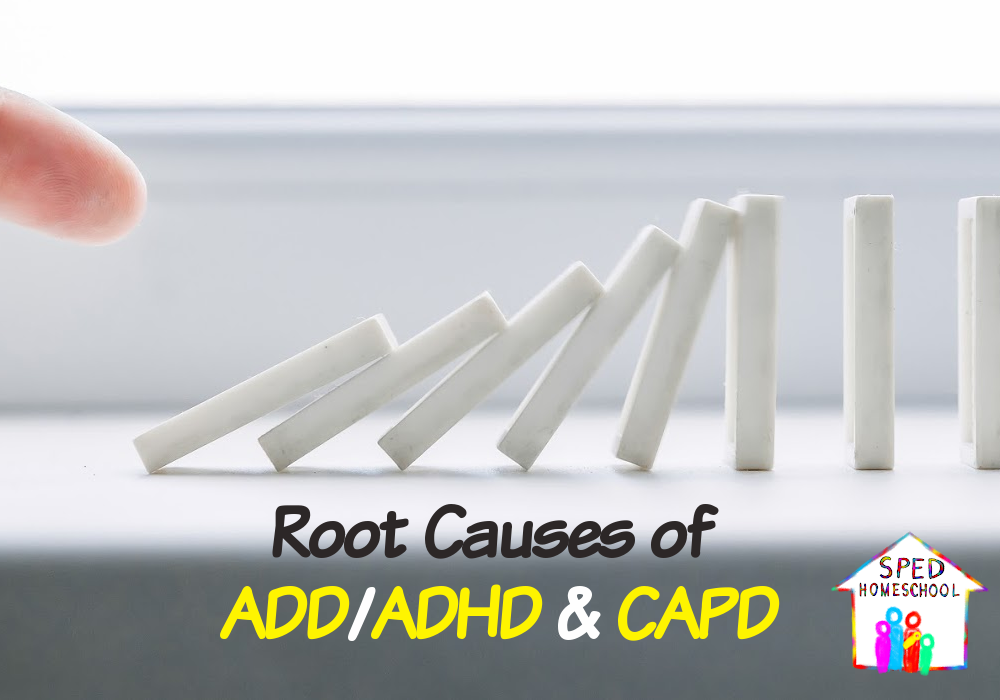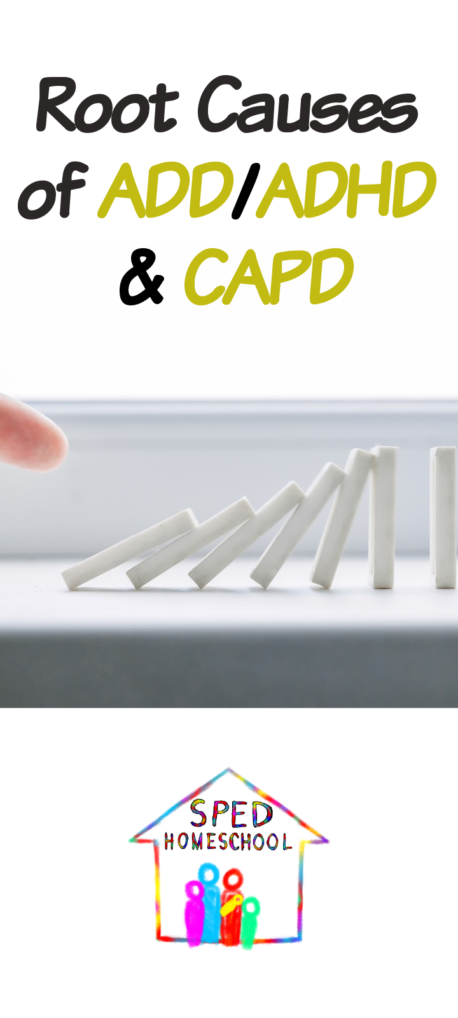By Myeshi Briley,MS,HS-BCP
Homeschooling parents face the challenges of juggling teaching, cleaning, cooking, nurturing, finding needed personal time, and being a good spouse every day. How do we do it all? How can you do it all?
The truth is, we can do it all. We just need lessons on balance. So, we do the important things first. We have to budget our time like we budget our money. This is very important. Here are some tips on time management and scheduling that have worked for me.
Manage Your Time
We need to make a plan so we’ll feel more in control and less overwhelmed, but they must be flexible enough to modify as needed. Also, make sure the goals you set are reasonable; otherwise, you’re setting ourselves up for failure. Be realistic with time, don’t guess, find out how long specific tasks take. And don’t beat yourself up if you did not complete something. Everyone’s life is different, and it takes practice to master time management. Thank God for each and everyday. The reality is everyday is a gift to do more.
Fill in the time it takes for each task. In the example below, there’s a lot left out that you’ll need to add. But it’s a good place to start:
Making and eating meals: __________
Daily chores: ______________________
Daily hygiene: _____________________
Kids’ hygiene:______________________
Kids’ extracurricular activities:________
Work: ______ hrs/day (if you freelance or work part-time or full-time)
Homeschooling: ______
Homeschooling
We need to use a planner or calendar of some type for daily, weekly, monthly and yearly activities. My calendar is booked 3 months at a time, so I can plan what I need to get done. I use both paper and electronic planners. Students need to use planners as well. Picture schedules work well for little kids and a modern student planner can be used for middle school and high school age children. The bottom line is that everyone in the home should use a calendar, this cuts down on confusion.
Steps to Developing a Good Scheduling:
1. Observation
Observe your children for a week to note the length of time they need to finish a math assignment,complete a worksheet, or read a chapter of a textbook. In addition, pad the time allotment for time-between each day’s list of school tasks. Plan for between-class breaks like meals, playtime or recess.
2. Work Backwards: Year to Week
Prevent over-scheduling by starting at the year mark and work down to the week.
List all classes, coursework, books, examinations, and activities needed to complete the year.
-
List monthly goals for each task.
-
How many books, worksheet pages, and Math, English, History lessons need to be included. You can schedule the lessons once you have drafted the large view of the month..
-
Space each category by week, and review each week’s goals with your student.
3. Get Specific: Weekly to Daily
From the weekly goal comes the daily schedule. It’s not just younger children that need routine; everyone needs to know the plan for the day.
-
Be flexible. Listen to our children’s feedback. Give your children a chance to resolve scheduling issues themselves. This will help them later in life. You might be surprised at the solutions they come up with for time management snags and snafus. For example, your child might be too sleepy in the morning to do well at math, so you might move that class to the afternoon.
-
Outings take a big chunk of time out of your day. Consider staying home during the week as much as possible. If you have small children, going lots of places can upset their routine. It’s also hard to fit in schooling or housework when you’re only home for a few hours.
Extra Scheduling Considerations:
Homeschooling parents are often too busy to fit in all the projects they’d like to do, especially when they have younger children in the household. Detailed unit studies and interesting hands-on projects are special but you might have to limit them. I found doing homeschool 365 days a year works for me and my family, everyday is learning in our home. Everyone is different and you have to find what works for you.
For many families, finding the time to schedule field trips during homeschooling months can be difficult. You might try planning some of them in the summer when things are less hectic. Think of what has long-term importance and what doesn’t. Learn to establish priorities, find creative ways to do the necessary things, and put everything else on hold or let it go.
Chores
Chores are good for kids. Families should share responsibilities. It’s important for children to understand that the whole family must work together to make a homeschool and a household run smoothly. Cooking, cleaning, and laundry are group events.
Work on children’s attitudes and training. Summer is a good time to encourage and train your children on helping out with household chores and cooking. There are lots of learning opportunities for your children in these activities as well. Both cleaning and cooking contain some elements of math and science.
Get the older kids to help the younger ones pick up their toys or clean their room. Big kids teaching little kids, sisters and brothers working together. Don’t you love it?
Making a house rule that children who don’t follow instructions when asked or don’t do their chores are given added jobs or responsibilities works well.
Housework
Realize when it comes to a clean house you may need to settle for less than perfection. If you have a hard time letting go of that ideal, here are some ways to lower your expectations to the realistic goal of having an imperfect house amidst raising and homeschooling your kids.
-
Simplify your life. Develop a system for keeping your house as neat as possible, at least in the important areas.
-
Declutter your home to avoid frustration.
-
Organize a specific place for all homeschooling materials, like pencils, papers, books, scissors, and so on.
-
In addition to getting the kids to pitch in, we sometimes hire a neighbor’s teenager to help when needed, to clean or babysit a few hours to give us time for other things we have to do.
Cooking
Simplify your meals. Some of the healthiest dishes are the simplest. Get the kids to help you prepare dinner. Have the older children make their own lunches. Use paper plates for quick clean ups. If there are kids eat free nights, family specials, two large pizzas for $10 nights, or anything like that at a restaurant you like, feel free to do that. I prepare fresh meals daily for my family, but I get all the pre-work done on Sunday evenings. Do what works for you.
Personal Time
When you create your weekly schedule, don’t forget to put aside time for yourself. Make yourself a priority. If you aren’t meeting your most basic needs, you’re not going to be effective in anything else. Always wake up before everyone and have 30 mins of coffee and devotion time. If you don’t rest, your brain will turn to mush and you won’t have enough energy to get through the day.
If you don’t set aside time for you and your spouse, you won’t get the love and care you need to love and care for those around you.
Time is very valuable for homeschooling parents so budget yours wisely.














